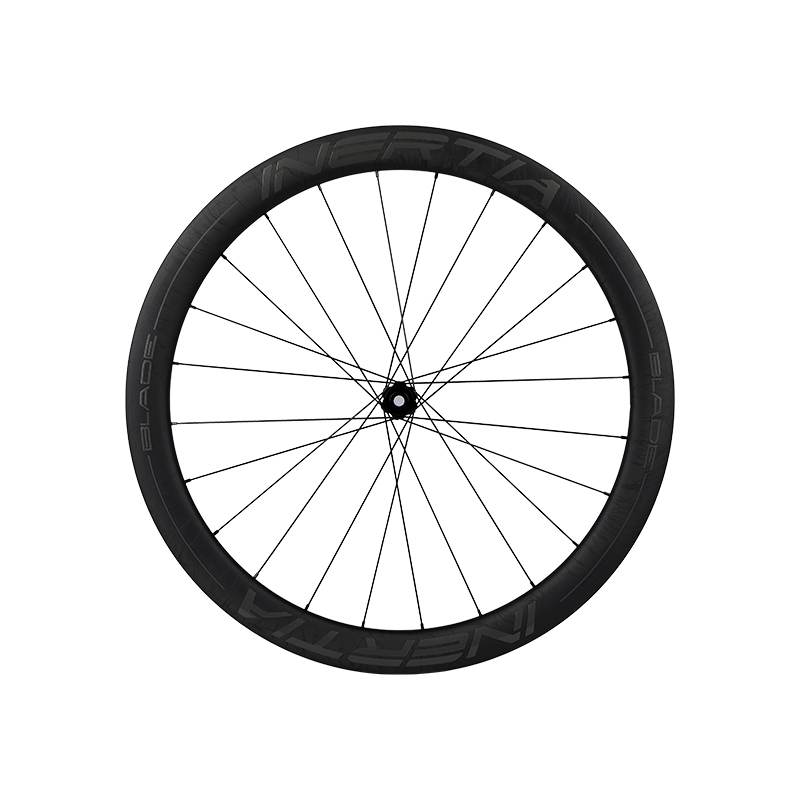Bicycle wheels, like any critical part of a bike, depend on every component working harmoniously to ensure optimal performance and safety. The spokes, though often overlooked, play a key role in this equation. When a spoke breaks, it not only disrupts the wheel’s function but also risks a rider’s safety. Understanding the common causes of spoke breakage and how to mitigate them is essential for both wheel builders and cyclists. These causes range from improper assembly to riding conditions, and with proper attention, most issues can be prevented.
One of the leading causes of spoke breakage is incorrect spoke tension. When spokes are too tight or too loose, they cannot distribute the forces acting on the wheel evenly. Over-tightened spokes create unnecessary stress, potentially leading to fatigue and eventual breakage, while loose spokes fail to support the wheel structure adequately, causing uneven forces that can lead to cracks. Proper tension is crucial during wheel assembly. Using a spoke tension meter during the building process ensures uniformity and keeps the wheel true and balanced. It’s also essential to check spoke tension periodically during maintenance, especially for riders who put heavy strain on their wheels, such as those who ride off-road or participate in high-speed cycling.
Wheel alignment plays another critical role. Improper wheel lacing, or using the wrong lacing pattern for the intended riding conditions, can put excess stress on certain spokes, leading to breakage. For instance, radial lacing patterns are generally used for lighter, speed-focused wheels, while a 3-cross pattern provides more support and durability for off-road cycling. If the bicycle wheel spokes are laced incorrectly or not suited to the riding conditions, the wheel can become unstable, causing spokes to snap under load. It’s essential to choose the right spoke pattern based on the intended use, whether it's road cycling, mountain biking, or racing.

Riding style and conditions also significantly impact spoke longevity. Riders who put excessive torque on the bike—whether by hitting rough trails, jumping, or climbing steep gradients—are more likely to experience spoke breakage. The forces exerted on the wheel when landing from a jump or hitting a pothole can stress the spokes, leading to cracks or snaps. Similarly, heavy riders or those who overload their bikes with excessive gear put more strain on the wheel, increasing the likelihood of spoke failure. It's crucial to ensure that the wheel is built with the right number of spokes and materials for the rider’s weight and riding conditions. For example, using thicker spokes or a higher spoke count can provide additional strength for riders who put more stress on their wheels.
Environmental factors such as moisture, extreme temperatures, and salt can all contribute to spoke failure. Over time, corrosion from environmental exposure can weaken the material of the spokes, causing them to snap under stress. This is particularly true for bikes that are used in coastal or wet environments, where rust can set in. It’s important to regularly inspect bicycle wheel spokes for signs of corrosion and replace any that show wear. Keeping the bike dry, cleaning it after rides, and using rust-resistant spokes can help mitigate this issue.
Lastly, poor-quality spokes and materials are often at the root of many spoke-related issues. While it may be tempting to opt for cheaper spokes during wheel building or replacement, this can often lead to premature breakage. Butted spokes, which are thicker in the middle and thinner at the ends, offer a good balance of strength and weight, reducing the likelihood of failure. Conversely, straight-gauge spokes may be more prone to snapping because they are uniformly thick, and do not have the same ability to absorb shock. Investing in quality spokes made from high-grade materials like stainless steel can go a long way in ensuring wheel durability.
Spoke breakage is a multifaceted issue influenced by incorrect spoke tension, improper wheel alignment, aggressive riding conditions, environmental factors, and the quality of the spokes themselves. By paying close attention to spoke tension, ensuring proper wheel lacing, adjusting riding habits, and using high-quality spokes, cyclists can significantly reduce the risk of spoke failure. Regular maintenance, including inspecting spokes for wear and corrosion, is essential for ensuring a long lifespan for both the spokes and the wheel as a whole. With the right care and attention, a bicycle wheel can stay true and reliable for many miles, keeping the rider safe and confident on their ride.



 Español
Español













